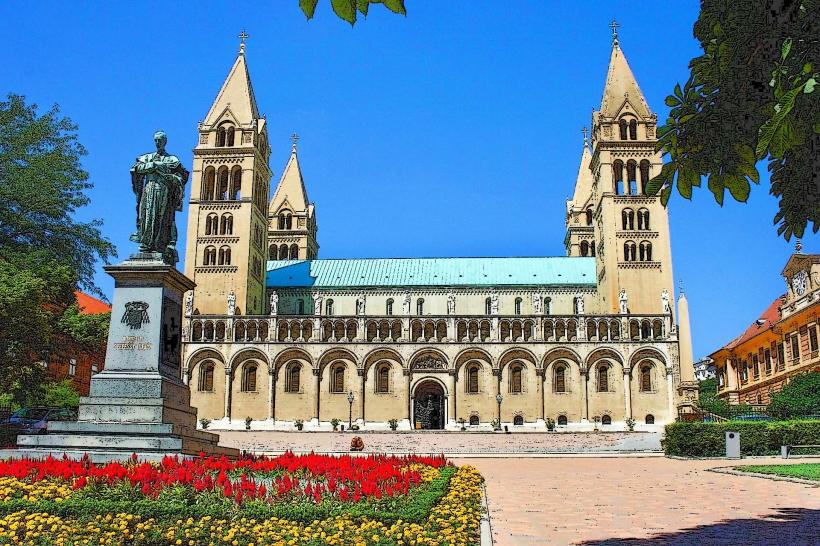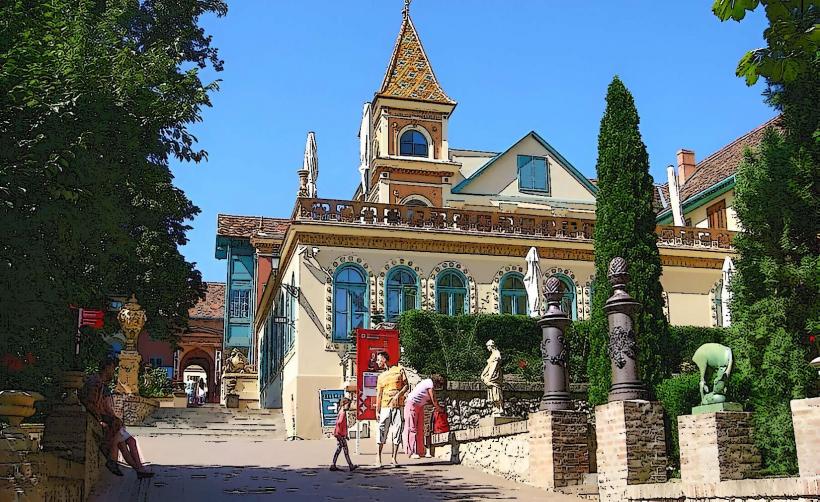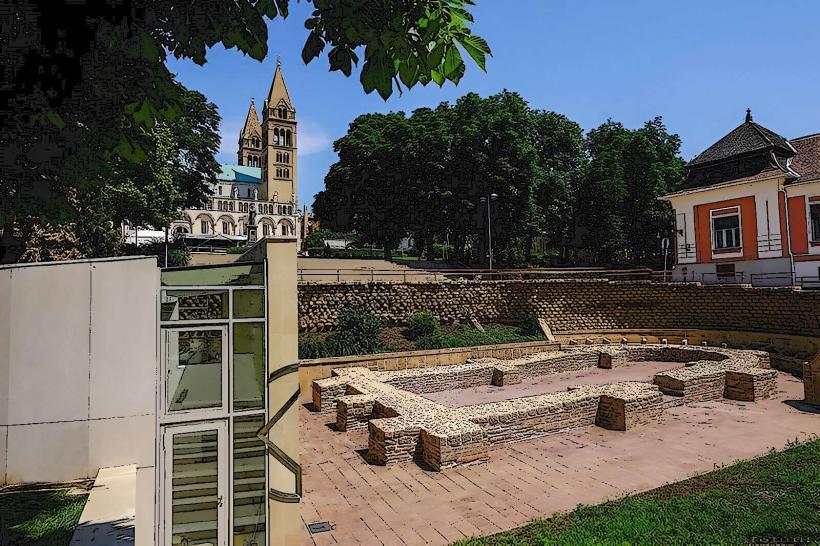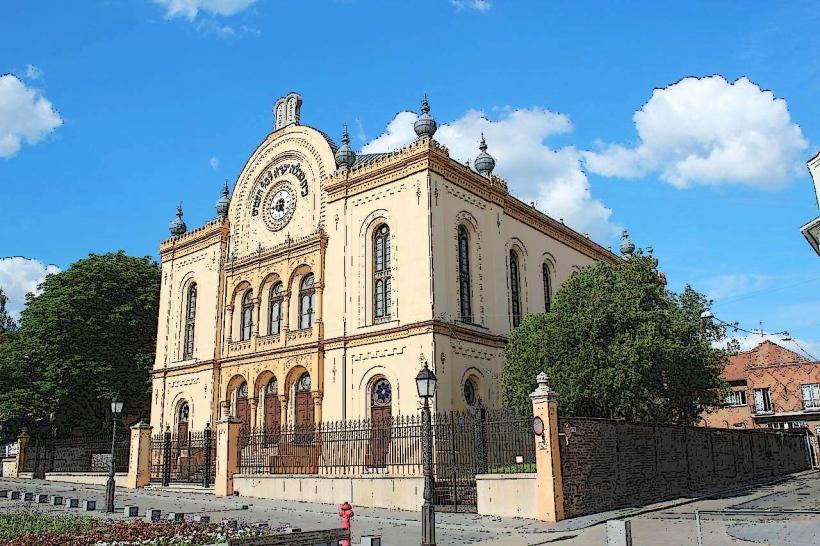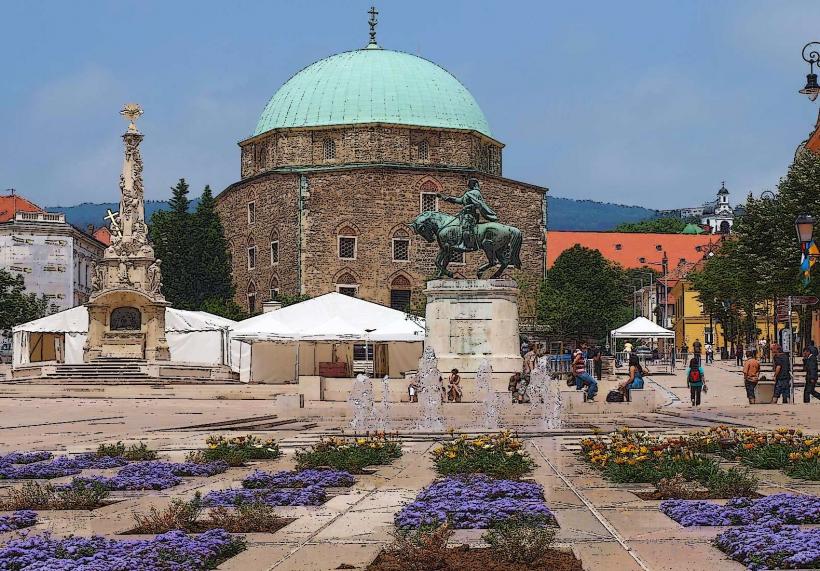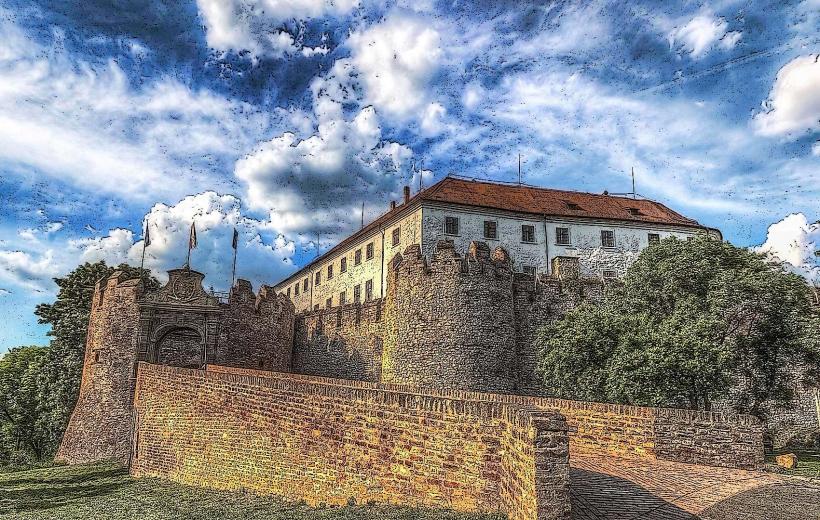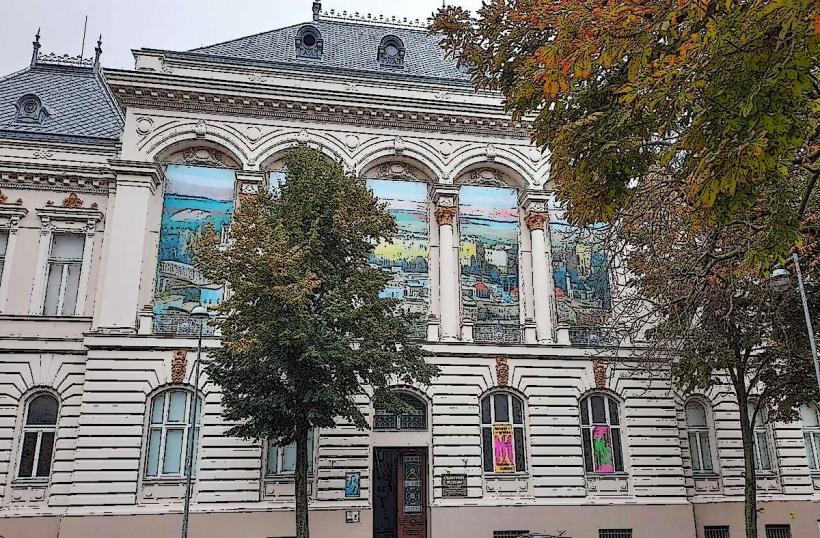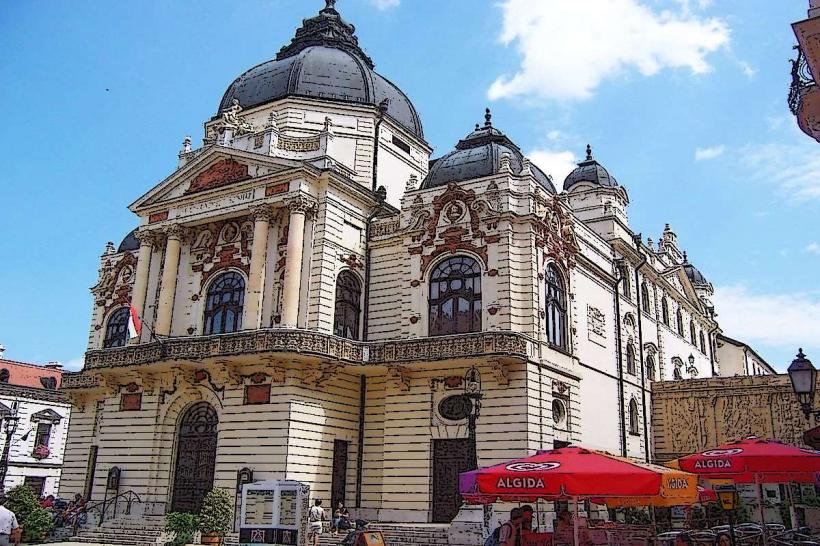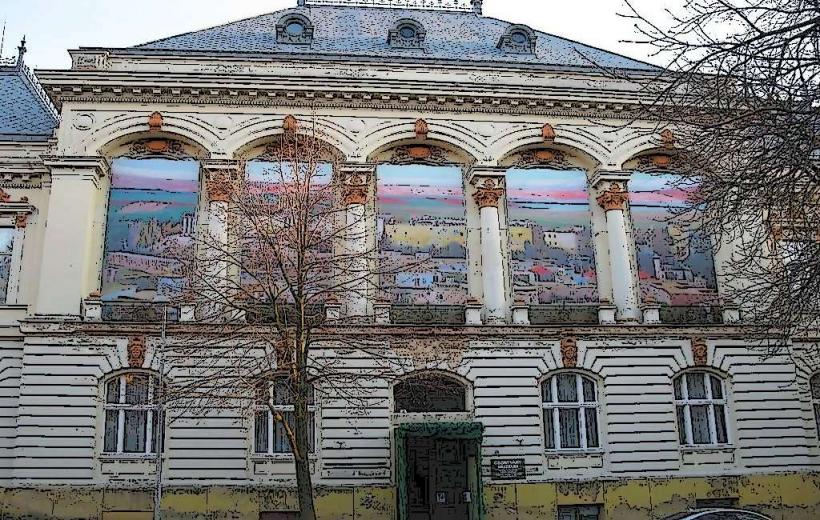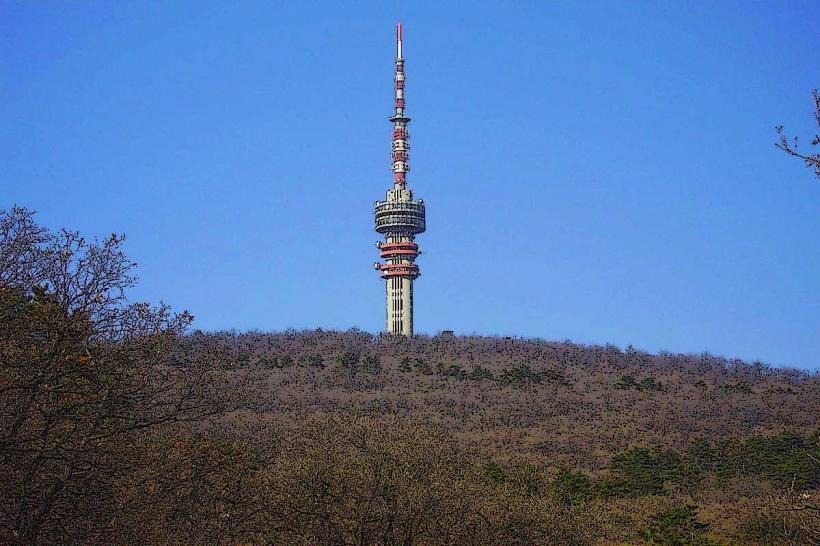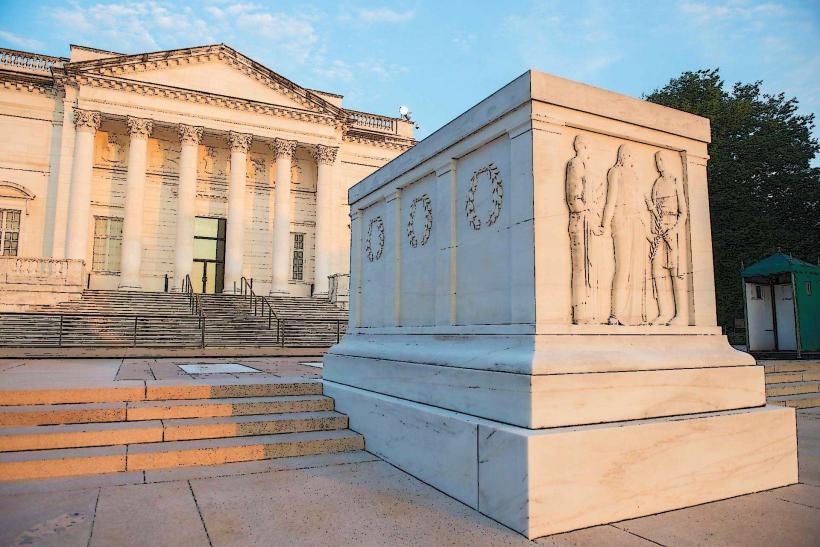Information
Landmark: Cave ChurchCity: Pecs
Country: Hungary
Continent: Europe
The Cave Church (Sziklatemplom) in Budapest is a unique and historic church carved into the Gellért Hill, offering a distinctive blend of natural beauty, history, and religious significance. It is a hidden gem in the city, combining the rawness of a natural cave with the spirituality of a place of worship.
Location
The Cave Church is located on the Gellért Hill, one of Budapest's most famous landmarks, which provides stunning views of the city, including the Danube River, the Buda Castle, and the Parliament Building. The hill itself is rich in history and is home to other important sites like the Citadella and the Statue of Liberty.
History
The church was originally built by the Pauline monks in the 1920s as a hermitage, utilizing the natural caves of Gellért Hill for its construction. However, the church's origins date back to the Middle Ages, when hermits and ascetics used caves as places for solitude and prayer.
In the 1950s, during the communist era in Hungary, the Pauline monks were expelled, and the cave church was closed down for religious services. It wasn’t until the 1990s, after the fall of communism, that the church was reopened and re-established as a place of worship.
Architecture and Design
The Cave Church is unique in that it is carved directly into the limestone of Gellért Hill. The church has a modest, yet striking, interior that is characterized by its natural rock walls, which remain exposed, creating an organic and earthy atmosphere.
- Altar and Religious Symbols: The interior of the church features a simple yet powerful altar, along with several religious symbols, including a statue of the Virgin Mary and paintings depicting Christ and various saints.
- Natural Light: The church’s design allows for limited natural light to filter through the cave, adding to its serene and mystical ambiance. The interplay of light and shadow in the cave gives the space an almost otherworldly feeling.
- Pilgrimage Site: Due to its tranquil atmosphere and natural setting, the Cave Church is considered a place for contemplation, prayer, and pilgrimage. It also attracts visitors seeking spiritual solace amidst the natural beauty of the cave.
Significance
- Spiritual Significance: The Cave Church is not just an architectural wonder but a place with deep religious significance. It has become an important site for those seeking spiritual connection in Budapest.
- Historical Legacy: The church represents the history of religious life in Hungary, especially in the context of the communist era, when religious practices were often suppressed. Its reopening after the fall of communism symbolizes the revival of religious freedom in the country.
Nearby Attractions
- Gellért Hill: Aside from the Cave Church, Gellért Hill itself is a major tourist destination in Budapest, known for its panoramic views of the city, the Citadella fortress, and the Statue of Liberty.
- Gellért Baths: Located nearby, the famous Gellért Baths are one of the city's most well-known thermal bath complexes, and they add to the sense of relaxation and rejuvenation that visitors often seek in the area.
- Buda Castle and Fisherman's Bastion: Just across the river from the Cave Church, the Buda Castle and Fisherman's Bastion offer a different but equally impressive perspective of Budapest’s rich history and architecture.
Visitor Information
- Opening Hours: The Cave Church is generally open to visitors every day, though it is recommended to check in advance for specific hours, as it may occasionally close for special religious services or events.
- Admission: There is usually a small admission fee to enter the church, which helps with its maintenance and preservation.
- Religious Services: The Cave Church still holds regular religious services, including Mass and special ceremonies. It is open to all visitors, regardless of faith, offering a place for quiet reflection.
Conclusion
The Cave Church is a truly unique destination in Budapest, offering visitors a rare opportunity to experience the intersection of nature, history, and spirituality. Its tranquil, atmospheric setting within Gellért Hill makes it a memorable and peaceful place to visit, whether you're interested in its religious significance, historical context, or simply the stunning natural environment.

